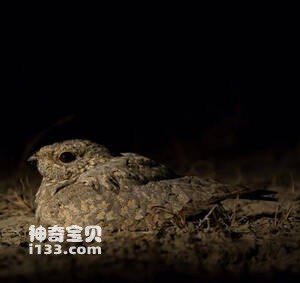
Caprimulgus mahrattensis
Caprimulgus mahrattensis,Sykes's Nightjar
The scientific name of Caprimulgus mahrattensis, the foreign name Sykes'···
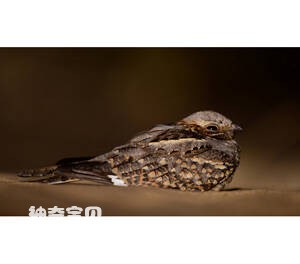
Caprimulgus rufigena
Caprimulgus rufigena,Rufous-cheeked Nightjar
Its scientific name is Caprimulgus rufigena, and its foreign name is Rufous-···
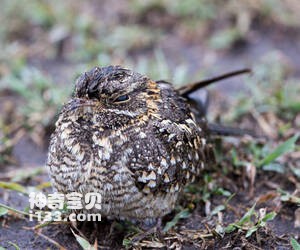
Caprimulgus fraenatus
Caprimulgus fraenatus,Sombre Nightjar
Its scientific name is Caprimulgus fraenatus and its foreign name is Sombre ···
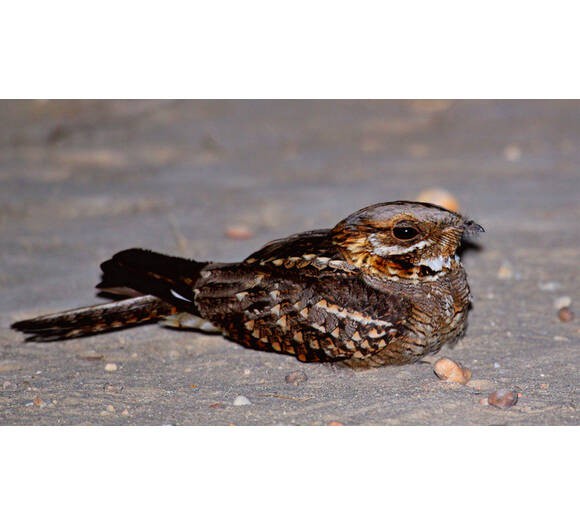
Caprimulgus ruficollis
Caprimulgus ruficollis,Red-necked Nightjar
Caprimulgus ruficollis, also known as Red-necked Nightjar, is unknown.Protec···
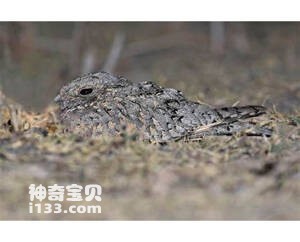
Caprimulgus binotatus
Caprimulgus binotatus,Brown Nightjar
Its scientific name is Caprimulgus binotatus, and its foreign name is Brown ···
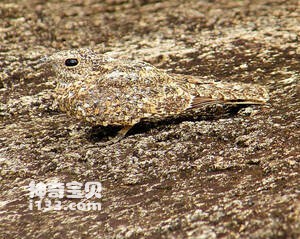
Caprimulgus hirundinaceus
Caprimulgus hirundinaceus,Pygmy Nightjar
南美洲(包括哥伦比亚、委内瑞拉、圭亚那、苏里南、厄瓜多尔、秘鲁、玻利维亚、巴拉···
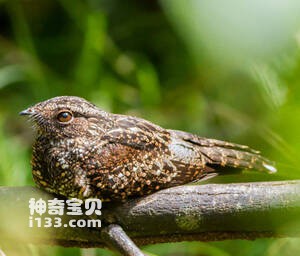
Caprimulgus nigrescens
Caprimulgus nigrescens,Blackish Nightjar
Its scientific name is Caprimulgus nigrescens, and its foreign name is Black···
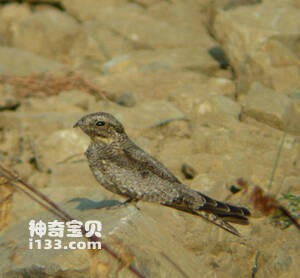
Caprimulgus anthonyi
Caprimulgus anthonyi,Scrub Nightjar
The Scrub Nightjar is also known by its scientific name Caprimulgus anthonyi···
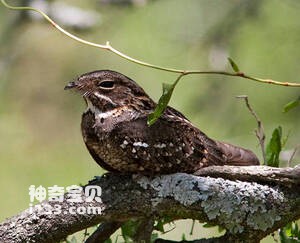
Caprimulgusparvulus
Caprimulgusparvulus,Little Nightjar
< span style=" font - family:宋体;text-align:左;" >小夜鹰学名···
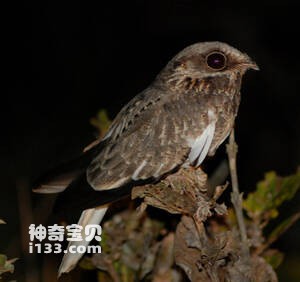
Caprimulgus candicans
Caprimulgus candicans,White-winged Nightjar
The species is known as Caprimulgus candicans and White-winged Nightjar. Its···
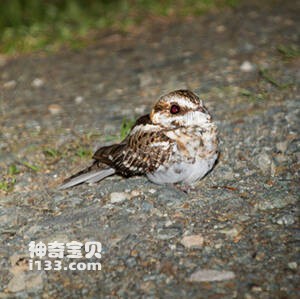
Caprimulgus cayennensis
Caprimulgus cayennensis,White-tailed Nightjar
Its scientific name is Caprimulgus cayennensis, and its foreign name is Whit···
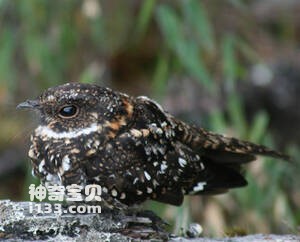
Caprimulgus longirostris
Caprimulgus longirostris,Band-winged Nightjar
Its scientific name is Caprimulgus longirostris and its foreign name is Band···
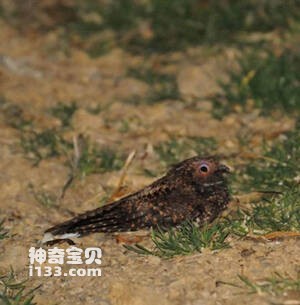
Caprimulgus saturatus
Caprimulgus saturatus,Dusky Nightjar
The species is known as Caprimulgus saturatus and Dusky Nightjar.Protect wil···
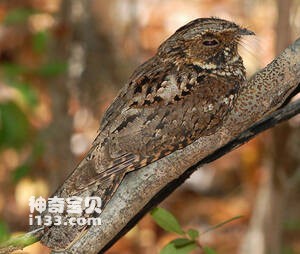
Caprimulgus noctitherus
Caprimulgus noctitherus,Puerto Rican Nightjar
The species is known as Caprimulgus noctitherus and Puerto Rican Nightjar.Pr···
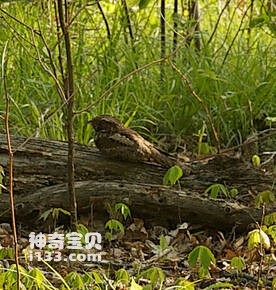
Caprimulgus vociferus
Caprimulgus vociferus,whippoorwill
The scientific name Caprimulgus vociferus, the foreign name whippoorwill, du···
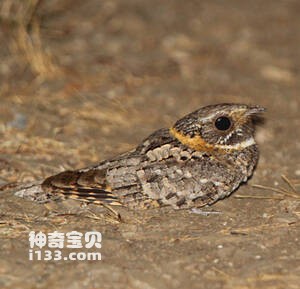
Caprimulgus ridgwayi
Caprimulgus ridgwayi,Buff-collared Nightjar
The yellow collar Nightjar is known as Caprimulgus ridgwayi and Buff-collare···

Caprimulgus sericocaudatus
Caprimulgus sericocaudatus,Silky-tailed Nightjar
Its scientific name is Caprimulgus sericocaudatus, and its foreign name is S···
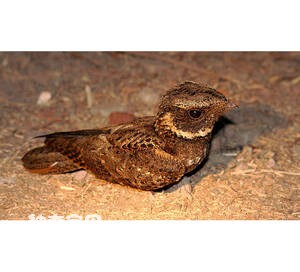
Caprimulgus rufus
Caprimulgus rufus,Bufous Nightjar
The brown Nightjar is known by its scientific name Caprimulgus rufus and its···
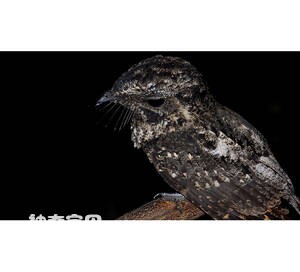
Caprimulgus ekmani
Caprimulgus ekmani,Sispaniolan Antillean Nightjar
Its scientific name is Caprimulgus ekmani, and its foreign name is Sispaniol···
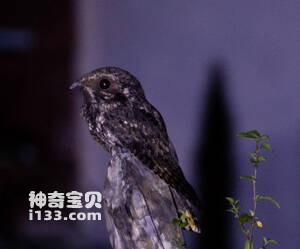
Caprimulgus cubanensis
Caprimulgus cubanensis,Greater Antillean Nightjar
The Cuban Nightjar is known by its scientific name Caprimulgus cubanensis an···
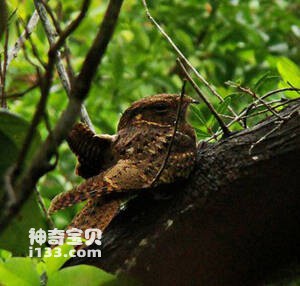
Caprimulgus carolinensis
Caprimulgus carolinensis,Chuck-will's-widow
Its scientific name is Caprimulgus carolinensis and its foreign name is Chuc···
